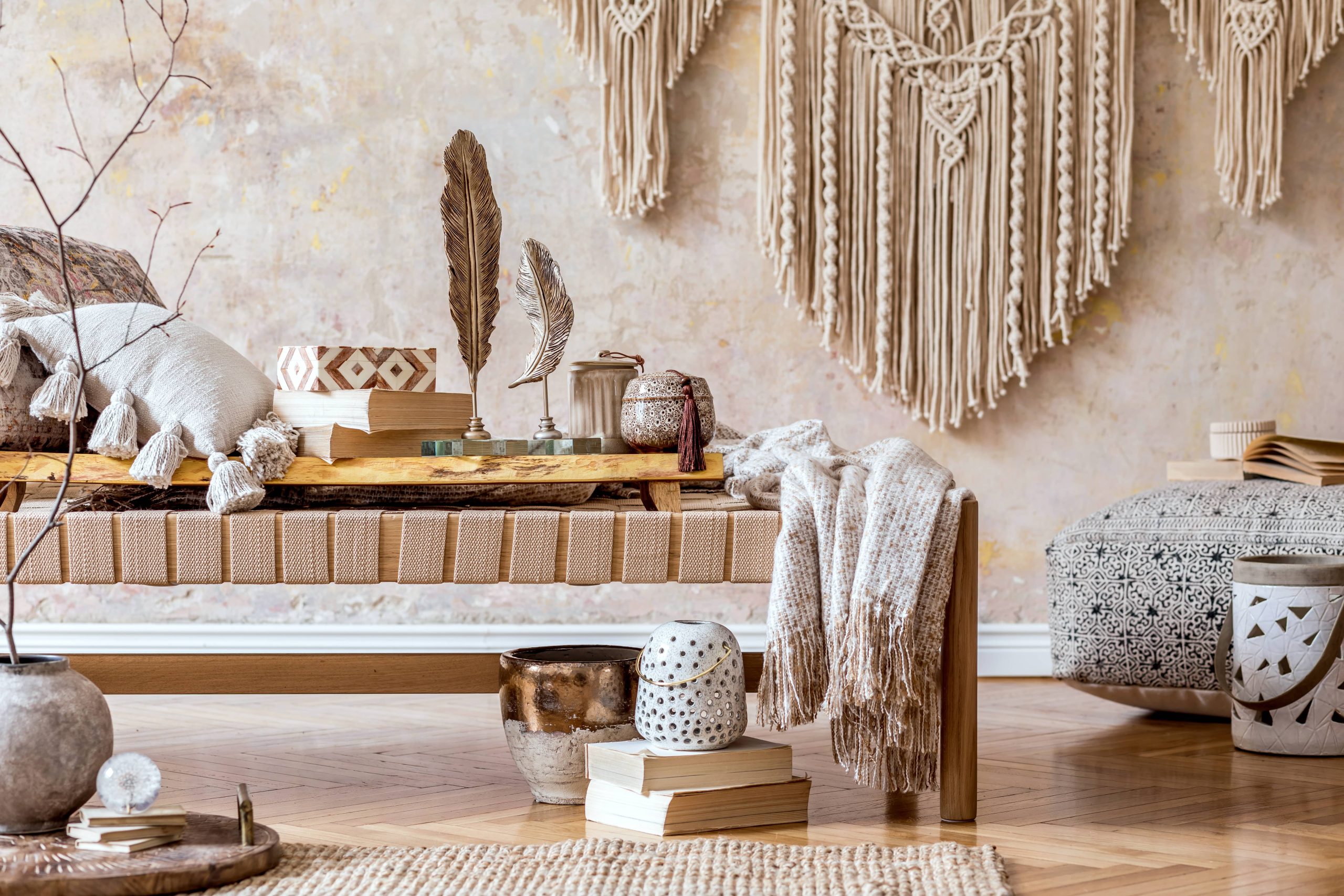
A living room is more than just a place to watch TV or entertain guests; it’s the heart of your home—the space where the family unites, memories are made, and comfort is a shared commodity. Yet, creating a living room that is functional, cozy, and suitable for every family member can be a challenging endeavor, especially when juggling diverse needs and preferences. Here’s a guide to help you craft a living room that everyone in your family can enjoy.
Understanding Your Needs
The key to designing a family-friendly living room starts with understanding the unique needs of your household. Consider whether you need a space for children to play, a spot for adults to relax, or a versatile area for guests. Is there a need for homework space, or do you require storage for toys and games? Defining the primary functions of the living room will guide your design and decor choices.
Furniture Choices
Choosing the right furniture is crucial in creating a comfortable and functional living room. Opt for high-quality, durable pieces that can withstand the wear and tear of daily life. Families with young children or pets might want to invest in sturdy, stain-resistant materials such as leather or microfiber. These materials are not only practical but also stylish.
Consider multi-functional pieces that save space and offer additional storage. An ottoman that doubles as a storage unit, or a coffee table with shelves or drawers, can help maintain a tidy room without sacrificing style. Additionally, sectional sofas are perfect for accommodating large families or guests, providing ample seating without the need for multiple chairs.
Creating Zones
A well-organized living room can accommodate various activities simultaneously without feeling cluttered. Create distinct zones by arranging furniture to cater to different functions—such as a reading corner with a comfy chair and lamp, or a designated play area equipped with a soft rug and toy storage. Room dividers or bookshelves can also be used creatively to segment the space while maintaining a cohesive design.
Consider the Flow
It’s important to ensure the living room layout facilitates easy movement. Furniture should be arranged to allow smooth traffic flow, avoiding obstacles that might lead to accidents—especially important in homes with young children or elderly family members. A circular or U-shaped seating arrangement encourages conversation and makes sure everyone feels included in family gatherings.
Choose Family-Friendly Fabrics and Materials
The materials you choose for your living room can significantly impact its functionality and aesthetics. When selecting upholstery, consider fabrics that are easy to clean and maintain. Sofas and chairs with removable slipcovers can be a lifesaver, allowing you to change the look of the room or clean them as needed.
About rugs and flooring—opt for durable, easy-to-clean materials like hardwood or laminate flooring complemented by machine-washable rugs. This combination provides both comfort and practicality, allowing for easy clean-up of spills and crumbs—a must for any family space.
Incorporate Ample Storage
Family living rooms inevitably become the resting ground for a myriad of items—from books and board games to children’s toys and DVDs. Incorporate plenty of storage solutions to keep the space tidy and clutter-free. Built-in cabinets, floating shelves, and stylish baskets or bins can provide the necessary storage while adding to the room’s aesthetic appeal.
Prioritize Safety and Accessibility
A family-friendly living room should be safe and accessible to everyone. Anchor heavy furniture to the walls to prevent tipping, especially in homes with small children. Choose rounded-edge furniture to avoid injuries, and ensure that all cords and wires are neatly tucked away to prevent tripping hazards.
Echo Family Values and Personal Style
Finally, the living room should reflect the personalities and values of the family it belongs to. Incorporate family photos, cherished artworks, or travel souvenirs into the decor. These personal touches make the room feel welcoming and unique, creating a true sense of home.
Color plays a crucial role in setting the tone and atmosphere of a living room. Choose a color scheme that resonates with your family’s style and story. Neutral tones can be a soothing backdrop, while pops of color can be introduced through cushions, artworks, or accent walls. An inviting palette can create a warm and harmonious environment conducive to family bonding.
Incorporating Technology Carefully
In today’s digital age, integrating technology without letting it dominate your living space is essential. Choose entertainment equipment that suits your family’s needs, such as a television, sound system, or gaming console, and incorporate them neatly into the design. Ensure that all wiring is kept tidy with cable management systems, and consider closed cabinets to hide electronic devices when they are not in use.
Conclusion
Creating a living room suitable for the whole family doesn’t mean sacrificing style for functionality. By understanding your family’s needs, selecting durable and multifunctional furniture, and adding personal touches, you can design a space that’s both stylish and practical. With careful planning and thoughtful design, you can transform your living room into a beloved gathering spot that resonates with warmth, comfort, and harmony for everyone in the family. Remember, a well-designed living room not only enhances your home’s aesthetic appeal but also strengthens family bonds and enriches daily living.







